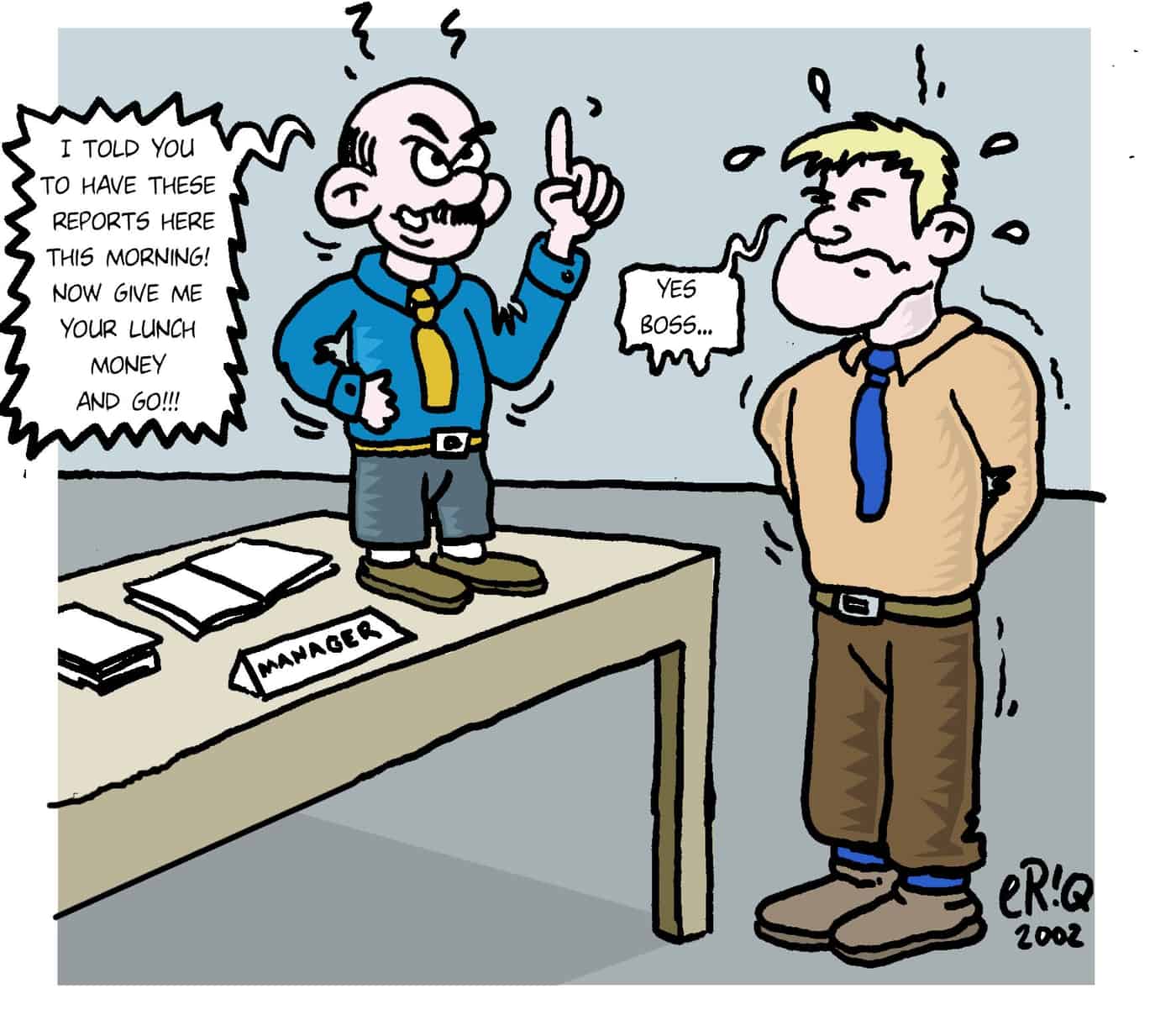On 21 May 2010, Boardroom Radio (BRR) released a podcast on workplace bullying that includes opinions from some worthy speakers.
Andrew Douglas, Managing Director at Douglas LPT;
Wayne Blair, Fair Work Australia Commissioner;
Gail Hubble, Barrister; and
Anna Palmer, HR Consultant, at Provenio Consulting
Some of the questions are a little peculiar such as whether current generations are more “vulnerable” to bullying. Speakers responded that there are more opportunities for bullying now due to new technologies Continue reading “Australian roundtable podcast on workplace bullying”

